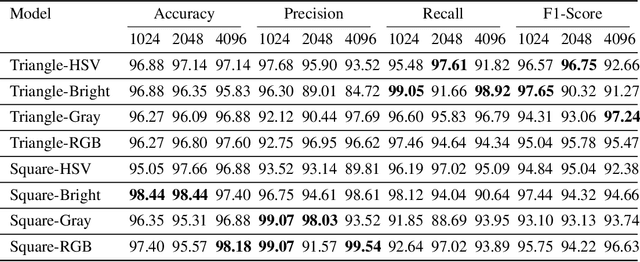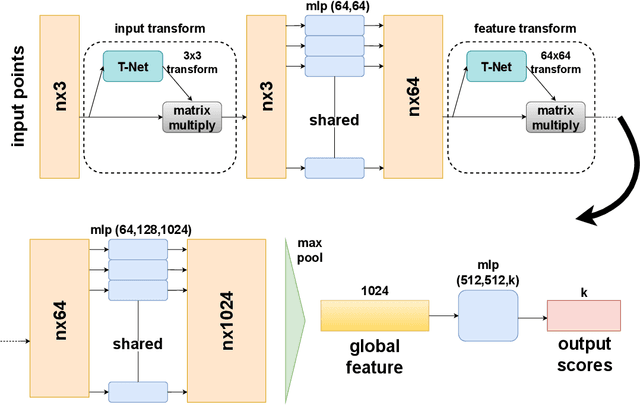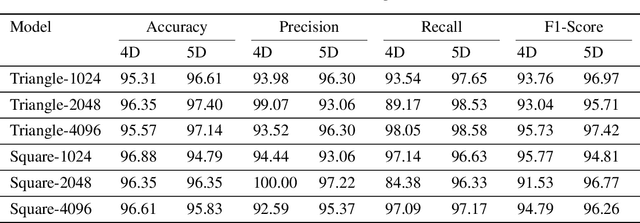Transcending Grids: Point Clouds and Surface Representations Powering Neurological Processing
Paper and Code
May 17, 2023



In healthcare, accurately classifying medical images is vital, but conventional methods often hinge on medical data with a consistent grid structure, which may restrict their overall performance. Recent medical research has been focused on tweaking the architectures to attain better performance without giving due consideration to the representation of data. In this paper, we present a novel approach for transforming grid based data into its higher dimensional representations, leveraging unstructured point cloud data structures. We first generate a sparse point cloud from an image by integrating pixel color information as spatial coordinates. Next, we construct a hypersurface composed of points based on the image dimensions, with each smooth section within this hypersurface symbolizing a specific pixel location. Polygonal face construction is achieved using an adjacency tensor. Finally, a dense point cloud is generated by densely sampling the constructed hypersurface, with a focus on regions of higher detail. The effectiveness of our approach is demonstrated on a publicly accessible brain tumor dataset, achieving significant improvements over existing classification techniques. This methodology allows the extraction of intricate details from the original image, opening up new possibilities for advanced image analysis and processing tasks.
 Add to Chrome
Add to Chrome Add to Firefox
Add to Firefox Add to Edge
Add to Edge